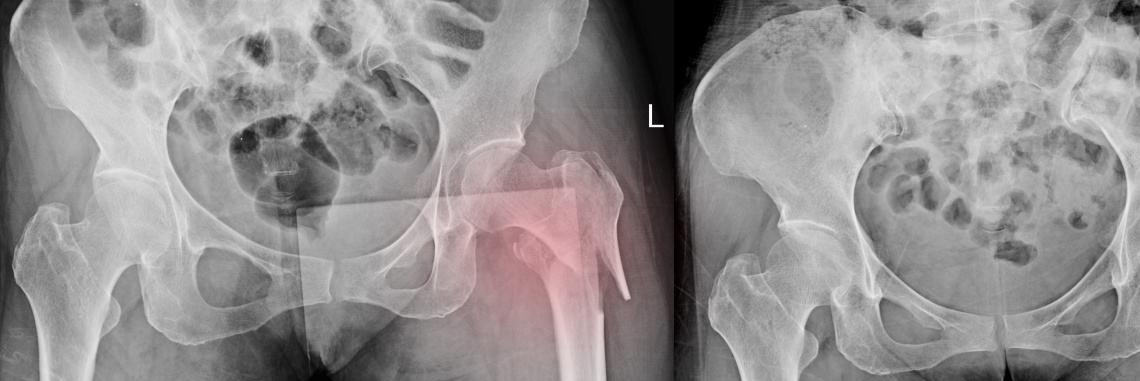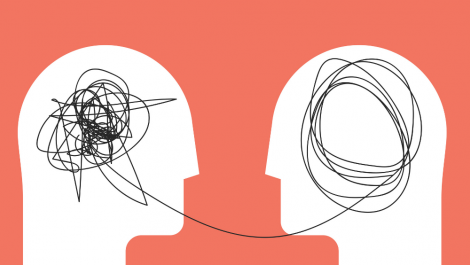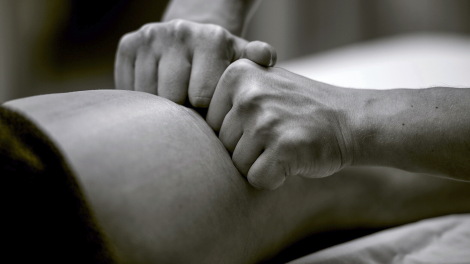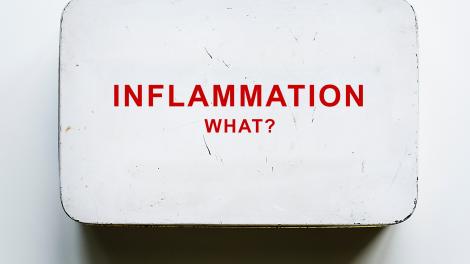Globally, 1 in 3 women and 1 in 5 men over the age of 50 will suffer an osteoporotic fracture, meaning roughly 8.9 million fractures are caused by osteoporosis each year. Unfortunately, osteoporosis is not something you generally see coming. The loss of bone density is gradual and painless, and there are usually no early symptoms to suggest its development. While it is more common in older adults, it’s a disease that can develop at any age. Most people don’t realise they have osteoporosis until they fall over and break a bone!
What is Osteoporosis?
It literally means ‘porous bones’. Bone is living tissue made up of cells, blood vessels, proteins vitamins and minerals. Our bodies are constantly breaking down and rebuilding our bones, and when the creation of new bone doesn’t keep up with the removal of old bone, this imbalance causes bone weakness. The result – osteoporosis. The bones are weak and brittle and in extreme cases, even a little bump, cough or violent sneeze can cause a fracture.
Fixed Risk Factors
Apart from being female, over 50, past menopause and white or Asian, here are the other risk factors that you can’t change:
- Family history – if osteoporosis is common among other family members.
- Body size – small, thin women are at higher risk. Especially those who over train or suffer from an eating disorder.
- Chronic diseases – such as rheumatoid arthritis, Crohn’s and coeliac disease, chronic kidney disease, HIV/AIDS, diabetes and some inherited disorders.
- Low oestrogen levels – Toxic chemical in treatments such as those in chemotherapy, can cause early menopause as they reduce oestrogen levels.
- Male hormonal imbalances – lowered testosterone levels can increase the risk for men.
- (Semi-) Permanent immobility – those who are already limited in their ability to move, or are bed bound in longer-term recovery are at higher risk.
Risk factors you can control:
- Smoking – The dangers of smoking are well-known, be aware that smoking can decrease bone density, increasing risk of osteoporosis and broken bones – especially with age.
- Excessive alcohol – Too much alcohol has a direct, toxic effect on bones.
- Bad diet – Poor dietary habits and malnutrition is a real cause for concern in older people, particularly because the risk of fracture and osteoporosis increases significantly.
- Lack of exercise – Adults with a sedentary lifestyle lose bone density more rapidly.
- Low vitamin D, C and Calcium – Vitamin D allows the body to absorb calcium which is vital for bone health. A deficiency D is more common in the elderly as they don’t go outdoors as much. Calcium deficiency can be a lifelong contributor to the development of osteoporosis.
- Reading the small-print – Certain medications may have side effects that weaken bones or increase the risk of fractures.
How do you know if you have osteoporosis?
Symptoms in early osteoporosis (osteopenia) are very mild and most people just put symptoms down to an ageing body. While one symptom may not be too worrying, more than one might be a sign that it’s time to get yourself checked out:
- Suffering a broken bone from a fall from standing height – this is the most common way that people find out that they have osteoporosis.
- Changes in posture (stooping over) or loss of height – losing a little height is natural as we age, but Dowager’s Hump or Kyphosis is when your back becomes curved due to multiple breakages, or when your bones become so weak that they crumble.
- Neck or lower back pain due to fractures or collapsed vertebrae – Bone pain or tenderness again is normal with ageing, but osteoporotic pain is more pronounced. Listen to your body – do you literally ‘feel it in your bones’?
- Receding gums – our teeth are connected to the jaw bone, and if the jaw loses bone, gums will recede.
- Weak grip strength – It is sometimes another indicator of decreasing bone density.
Diagnosis and medical treatment of Osteoporosis
Doctors will check for osteoporosis through bone density testing and spine or hip x-rays. Bone mineral density testing can diagnose the disease as well as anticipate the risk of fractures whereas x-rays only show fractures.
There are a number of medications that can be taken for the prevention and treatment of osteoporosis divided broadly into two categories: anti-resorptive (or anti-catabolic) and anabolic agents. These are potent drugs that can reduce osteoporotic fractures by as much as 50%. A full list of these medications can be found here.
As with any medication, there are risks and side effects involved – always check with your physician. If you are over 50, it may be worthwhile speaking to your physician about testing your bone density.
Natural Preventative Measures
Our bones hold us up, protect our organs, store our minerals and vital bone marrow – we need to look after them! As always, diet and lifestyle factors must go hand in hand with any medications prescribed. There are many safe and effective ways to reduce the risk of osteoporosis.
- Doing exercise focused on strength and balance. Aim for 30 - 60 minute sessions at least 3 - 4 times a week. Any exercise will do, but strength training using your body weight or light dumbbells is ideal. By incorporating balance exercises into your routine, you will reduce the risk of toppling over! Functional movement classes are a great addition to any exercise you may already be doing or can be done on their own.
- Eating anti-inflammatory foods, as well as those high in calcium, zinc, magnesium, vitamin D and K2, and omega 3 fatty-acids, are incredible for maintaining bone density and strength.
- Maintaining a healthy weight is essential. Being overweight can lead to many health issues, including hormonal imbalances which could cause bone loss. It could also make exercise difficult. The anti-inflammatory foods will reduce inflammation and balance hormones. Make sure you get enough cardio exercise and a good night’s sleep to help you lose or maintain a healthy weight.
- Reducing your stress levels will decrease the stress hormones that are detrimental to bone health. There are many ways to reduce stress – they key is finding what’s right for you. Meditation, walking in nature and exercise are most common and scientifically effective – they’re a great place to start if you’re unsure what will work for you.
Even if you have yet to show any symptoms, take the opportunity to build up bone density and improve your fitness before you have issues. By taking the correct medication and changing your lifestyle and diet, it is possible to slow down the progression of osteoporosis, sometimes even stopping it in its tracks. Your bones are your body’s framework, and well worth taking care of. It’s never too late.







Comments